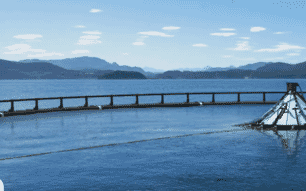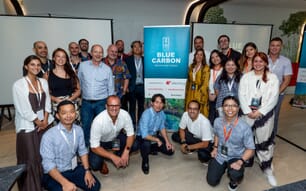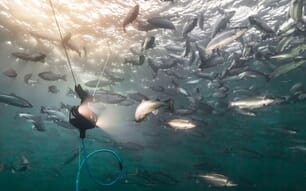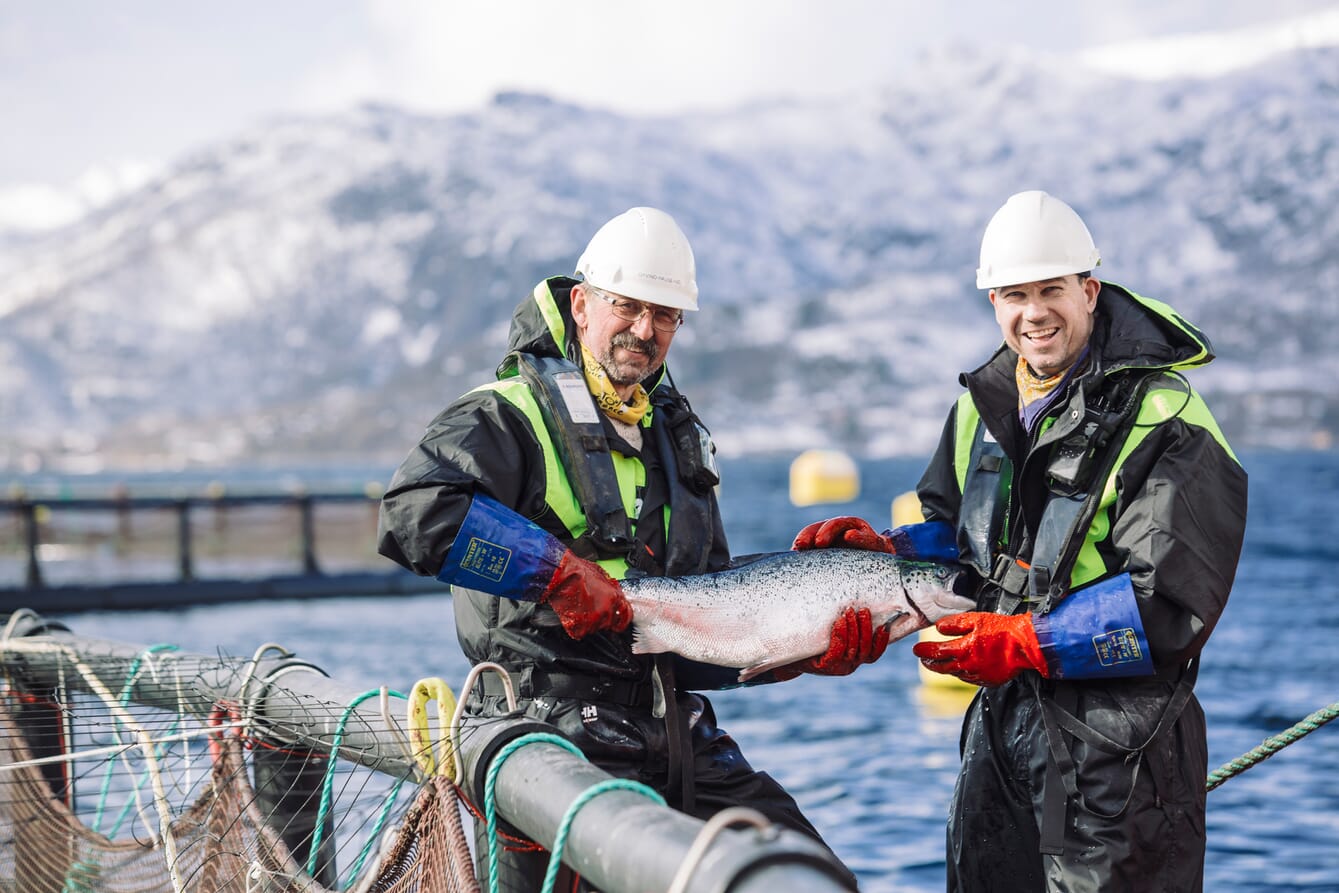
These farms have been hugely profitable for much of the last decade, and have now become a target for Norway's tax authorities © The Norwegian Seafood Council
The Norwegian government unveiled a plan in September 2022 to introduce a 40 percent resource rent tax to collect more of the profits from the sector, with effect from 1 January 2023. The public hearing deadline was on 4 January, and there has been a significant response from capital markets, fish farmers and suppliers, all concerned about the negative impacts this could have on Norway´s world-leading position in salmon aquaculture.
Salmon farmers have responded by putting investments on hold and warning of job cuts, while farming permit prices fell by about 30 percent in the most recent auction last year, to a weighted average of about 155,000 kroner ($15,600) a tonne.
The implication of this will be that future investments in new technologies and new species will slow down. And the government is expecting the capital markets to take all the risks of developing and deploying new technologies, while they will only take the profits.
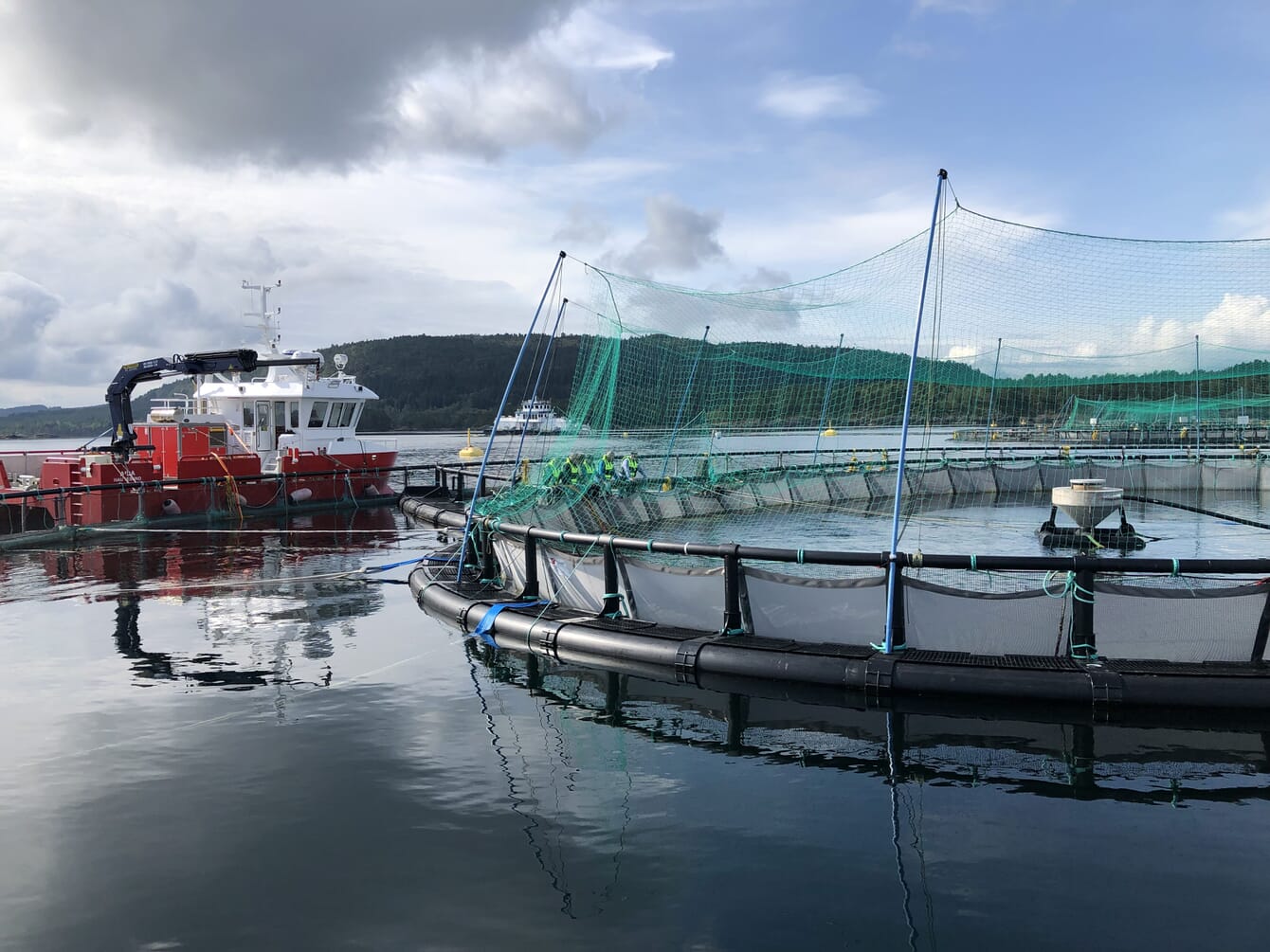
In this article, we take a deeper look into why this has happened and how this might impact the aquaculture industry in Norway, and globally, moving forward.
Aquaculture: the fastest growing food sector in the world
Aquaculture is now the fastest growing food producing sector in the world and is projected to produce 106 million tonnes of seafood in 2030, an increase of 22 percent (19 million tonnes) since 2020. If we take into account seaweed and algae farming as well, then the production figure already surpassed 120 million tonnes in 2020. According to the forecasts of the UN’s Food and Agriculture Organization (FAO), prices in the fisheries and aquaculture sectors are – in nominal terms – also expected to rise as we approach 2030.
The global seafood market is experiencing strong economic development. According to the FAO, the seafood market will grow from $280 billion in 2020, to $360 billion in 2030.
Atlantic salmon's position in the farmed seafood market
In the global aquaculture market, Atlantic salmon represents 4.5 percent of the total aquaculture production in terms of volume. However, Atlantic salmon is one of the most valuable farmed species in the world.
Strong macro-trends in the global protein market supporting future demand of salmon
Marine proteins from aquaculture are expected to make up a significant part of the future growth in global protein production. This is due to the low climate footprint of production and high protein retention of farmed seafoods.
Favorable macro-trends supporting aquaculture:
- Population growth, health, exploited resources, growing middle class, aging population.
- Aquaculture is the most sustainable farmed source of proteins to provide food for a growing population.
- Aquaculture addresses 10 of the UN’s 17 Sustainable Development Goals (SDGs).
- Production of salmonids has the lowest CO2 equivalent per kg of meat. This is driven by a low feed conversion ratio (FCR).
- Salmonids have a comparatively high protein retention of 31 percent, compared to: chicken (21 [percent), pork (18 percent), cattle (15 percent).
- Salmonids also have the highest amount of edible meat per kg with 61% being edible. Compared to: chicken (21 percent), pork (17 percent), cattle (4-10 percent).
Food consumption habits are changing favourably for salmonids:
- 32 percent of consumers want to increase their fish consumption.
- Recommended fish consumption by international health authorities is twice per week.
- 36 percent of consumers want to reduce their meat consumption.
- 72 percent of consumers think that we need to consume seafood from sustainable sources.
- Aquaculture is one of the most efficient ways to produce animal protein (beef creates about 10 times more carbon emissions per kg than farmed fish).
Since 2002, global salmonid (trout and salmon) production and Norwegian export prices have trended upwards. Prices display high volatility, notably in 2012 (likely due to 2010 Chinese sanctions against Norway), 2015 ( widespread sanctions against Russia) and 2020 (Covid-19 pandemic), in combination with seasonal fluctuations of production.
Norway dominates global Atlantic salmon production
Norway is Europe’s largest fisheries and aquaculture nation, due to its exceptionally good natural conditions for production, good public management and skilled industry practitioners. According to the Norwegian Seafood Council, Norway exported 1,255,851 tonnes of salmon, with a value of NOK 105.8 billion, in 2022.
Norway currently produces 50 percent of the world’s total farmed Atlantic salmon. Norway's position as the dominant producer of Atlantic salmon has been quite stable for the past 30 years.
Salmon farming in Norway has been very profitable, but only in recent years
Norway has a long history of farming salmon and trout. Since the days of Norway’s early salmon farming pioneers, back in the 1970s, there have been several challenges facing the industry. Twenty years ago, the industry was not making any profit. However, overall production value from the Norwegian aquaculture industry has increased by a factor of 3.6 in 10 years, making it very profitable.
Since 2012, growth has flattened out due to environmental challenges and a reduction in the availability of new marine salmon farming licences. This is the key driver for the industry to use larger smolt and to increase licence efficiencies and the reduction of costs.
Despite increased costs since 2005, the profitability of the traditional sea-based fish farming in Norway has generally been good in the same period, especially in recent years. This can be attributed to increased demand, combined with favourable currency exchange rates.
Norway’s position in the salmonid market
- Aquaculture is deemed to be one of the key industries in Norway’s ocean strategy.
- Norway aims to double production capacity by 2030 and increase it fivefold by 2050.
- In 2021, just under 1.5 million tonnes of Norwegian farmed fish were produced and sold, with a total farm gate value of approximately 85.7 billion NOK.
- Norwegian salmon exports constitute almost 68 percent of total Norwegian seafood exports by value in 2021, at 81.4 billion NOK, and are exported to almost 100 countries. The EU is the most important market, receiving around 70 percent of Norway’s salmon and trout products.
- Norway produces approx. 52 percent of the world’s farmed Atlantic salmon.
- Norwegian trout constitutes almost 4 percent of total Norwegian seafood exports by value in 2021, worth 4.1 billion NOK.
- Two species of fish are extensively cultured in Norway: Atlantic salmon and rainbow trout. In recent years, the Atlantic salmon has come to dominate the industry.
Sea-based farming: there are 120 companies in the commercial production of salmonids for consumption
- In total, there are about 120 companies in the commercial production of salmonids for consumption (as opposed to producers of juvenile fish for ongrowing) .
- Mowi and Lerøy are the first and second largest fish farming companies globally in salmon and trout production.
- There are a few large companies, and many small and medium-sized players.
- However, the largest companies control a large proportion of the total production capacity, as measured in the number of commercial farming permits.
- Nevertheless, there is a significant degree of local and Norwegian ownership in Norwegian aquaculture. In the same way that family businesses form the backbone of Norwegian industry, family businesses also form the backbone of the Norwegian aquaculture industry.
- Nearly 75 percent of the 120 companies are family-owned, and we find family-owned large, medium and small companies.
Novel farming technologies
While open net pen production is expected to continue growing in the coming years, an increasingly large proportion of salmon growth is likely to come from semi-closed cage culture at sea and from land-based production, which can take place in non-traditional salmon producing countries. The production of larger smolts in land-based systems or in semi/closed cage systems will also allow for an increase of production in open net pen systems. The three new technologies that might challenge traditional coastal net pen production in the long-term are:
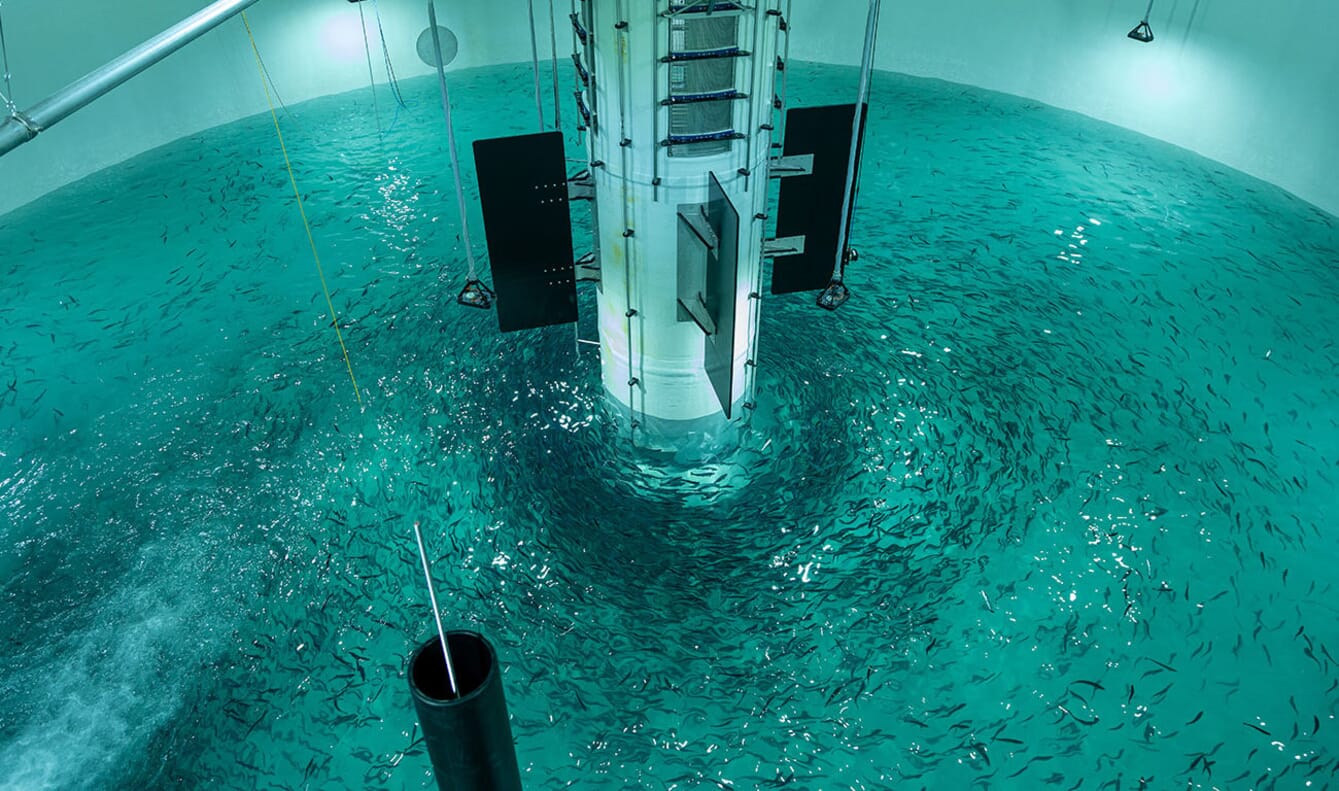
Norway has banned applications for new land-based farms for at least six months, but this will not effect the 430,000 tonnes of on-land salmonid production that is already in the country's planning pipeline © Salmon Evolution
Onshore
Land-based facilities using flow-through or recirculating aquaculture systems (RAS): while production volumes of Atlantic salmon in such systems are currently low, all the land-based applications currently being considered globally have a combined capacity of 2.9 million tonnes,
Offshore
Large-scale offshore production of Atlantic salmon is still in its infancy, although Norway's first truly offshore salmon farm, SalMar Aker Ocean's pilot farm has been hailed as a success by the company, which plans to produce 150,000 tonnes of salmon annually in offshore farms by 2030. Such technology could pave the way for salmon to be grown in locations off coasts of a variety of temperate countries.
Inshore
Semi-closed or closed-containment systems are becoming increasingly popular in Norway's more sheltered fjords, although the majority of these are currently used for growing post-smolts which are then finished in conventional open net pens.
However, should Norway’s resource rent taxes be adopted it is likely to have a negative impact on emerging technology companies in aquaculture, since much of the innovation is being developed by new venture companies that are driving offshore and onshore technological developments.
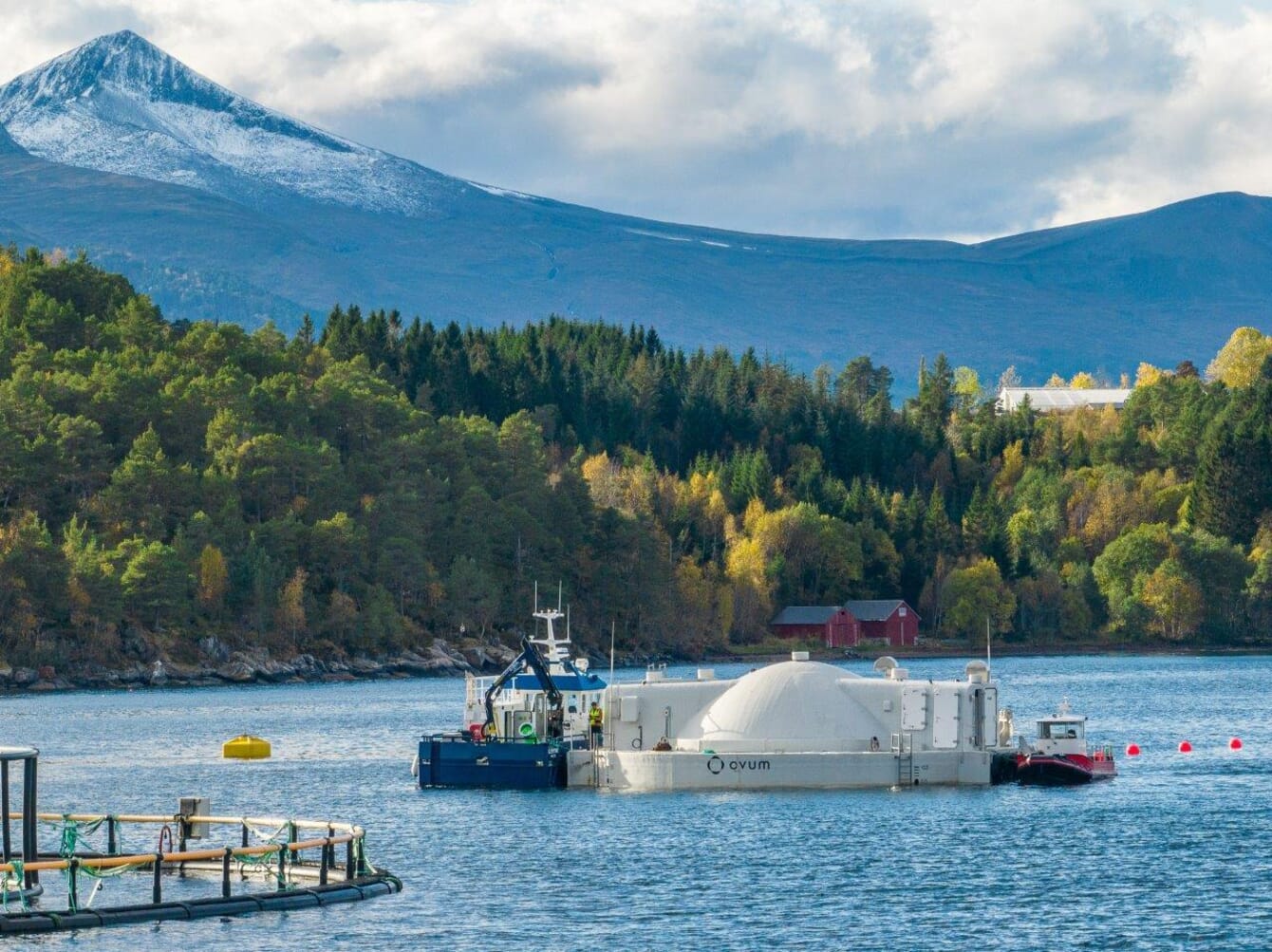
Such systems have been gaining ground in Norway, in particular for the production of post-smolts © Ovum AS
Possible scenarios for Norway
The Norwegian salmon farming industry has invested heavily in restructuring and consolidation to ensure high profitability. However, a lot of effort will now be invested into adapting to the new tax system. This will consequently delay any further investments in new technologies and increase production costs by reducing operational efficiency.
As interest rates rise, borrowing capital that is critical to support future innovation and technology, will become more expensive, which will mean less capital is available for salmon farming in Norway. Intriguingly, this could lead to aquaculture investors looking towards other leading aquaculture regions, such as Asia and the Americas.

